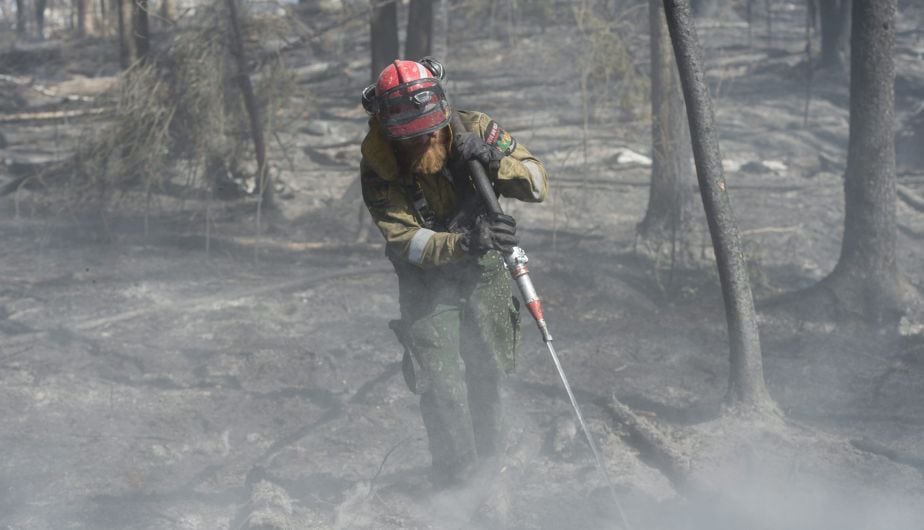
Hundreds of places burning at the same time, a record number of evacuees and a situation that could last for months… Before fires historical, Canada faces a colossal logistical challenge.
The country is headed for its worst year on record, authorities say, as hot and dry conditions are expected to persist until late summer, after an unprecedented start to the fire season.
“The distribution of fires from coast to coast is unusual. At this time of year, fires generally only break out on one side of the country at a time, most often in the west.” said Michael Norton of Canada’s Department of Natural Resources.
How is the fight against fires organized?
Relief is managed by the provinces, sometimes supported by the Canadian military when requested.
So far, the federal government has provided support to Alberta, which was hit hard in May and is still battling more than 70 fires; to Nova Scotia, unaccustomed to this type of disaster; and Quebec, ravaged by more than 150 fires since early June.
But in an emergency, Canada also calls on hundreds of foreign firefighters from around twenty countries: Australia, USAMexico, New Zealand and South Africa have already sent reinforcements. And others are expected from Spain, France and Portugal. In addition, about a thousand new firefighters are currently being trained in Canada.
All of them must face an arduous task: “When a big fire breaks out, it is impossible to opt for a direct attack,” explains Marc-André Parisien, specialist in fire risk management.
And then, “in a fire with 30-meter flames, sending water bombs is like spitting on a bonfire, it is ineffective,” he adds.
One of the solutions is usually to light other fires “to be able to burn any fuel in the path of the giant fire”, Parisian explains.
But in the end, “only real rain or winter” they can put an end to giant fires.
What are the logistical challenges?
Given the number and magnitude of the fires, Quebec recently announced that it could not fight all the fires at once, some of which were located in areas inaccessible by road.
“With the personnel we have, we can cover about 40 fires at the same time, but there are 150 underway,” the province’s prime minister, François Legault, said on Wednesday. Therefore, efforts are focused on cities and crucial infrastructure to minimize the damage.
Canada, which has a fleet of 55 aging water bombers, needs more planes, some experts also say. “It is becoming increasingly difficult to maintain them due to the age of this fleet, which is now 50 years old”said John Gradek, an aviation specialist at McGill University in Montreal.
According to him, an additional 75 water bombers are urgently needed.
How to prepare for this “new reality”?
“For every degree of temperature increase in the boreal forest, the size of fires triples”explains Yan Boulanger, a researcher at Natural Resources Canada and a specialist in forest fires.
According to climate scientists, Canada is warming faster than the rest of the planet: between 1.7°C and 3°C, compared to a global average of 1.1°C since pre-industrial times.
To deal with the fires, Canadian Prime Minister Justin Trudeau has acknowledged in recent days that “resources (are) limited.”
“There is no doubt that in the coming years we will have to think seriously about how we can equip ourselves to face this new reality. We will face increasingly extreme weather events.”said.
“We are considering acquiring additional equipment and water bombers”added the Minister of Civil Protection, Bill Blair.
Parliament is also considering increasing tax credits for volunteer firefighters. An additional 15,000 firefighters are needed.
But many experts observe that emphasis must be placed on a better prevention policy.
Among the solutions being considered are the possibility of betting on less flammable trees and better preparing the forests, reducing the amount of easily flammable vegetation, as well as reusing indigenous techniques, practiced for millennia, such as controlled burning.
Source: AFP
Source: Gestion
Ricardo is a renowned author and journalist, known for his exceptional writing on top-news stories. He currently works as a writer at the 247 News Agency, where he is known for his ability to deliver breaking news and insightful analysis on the most pressing issues of the day.












